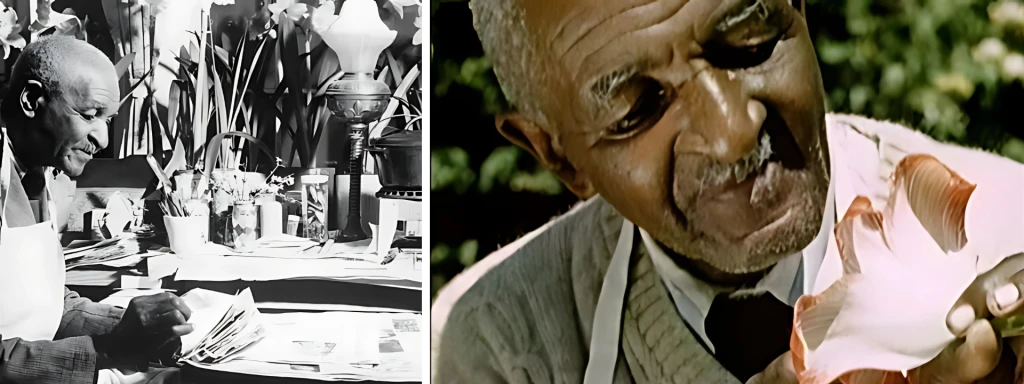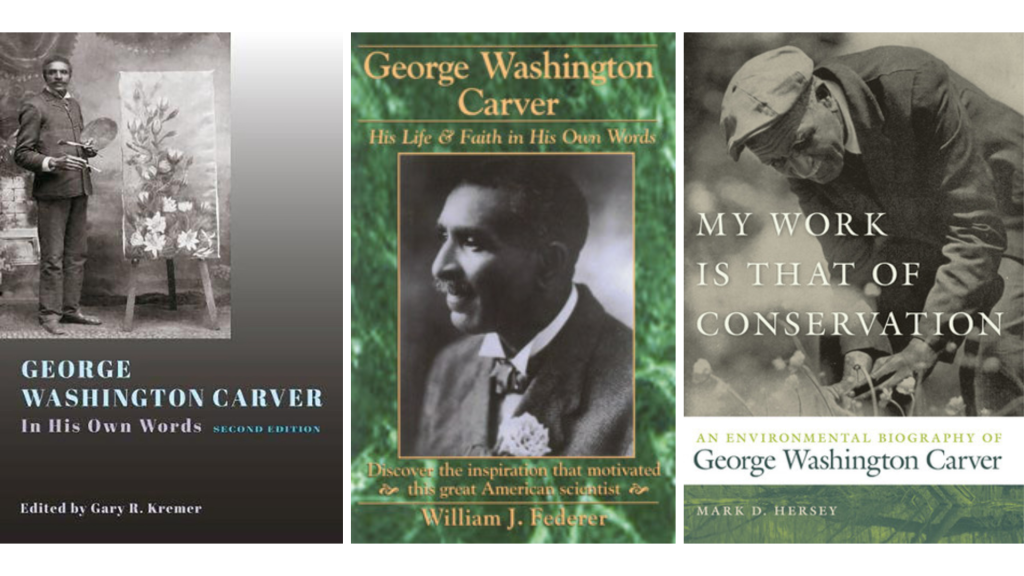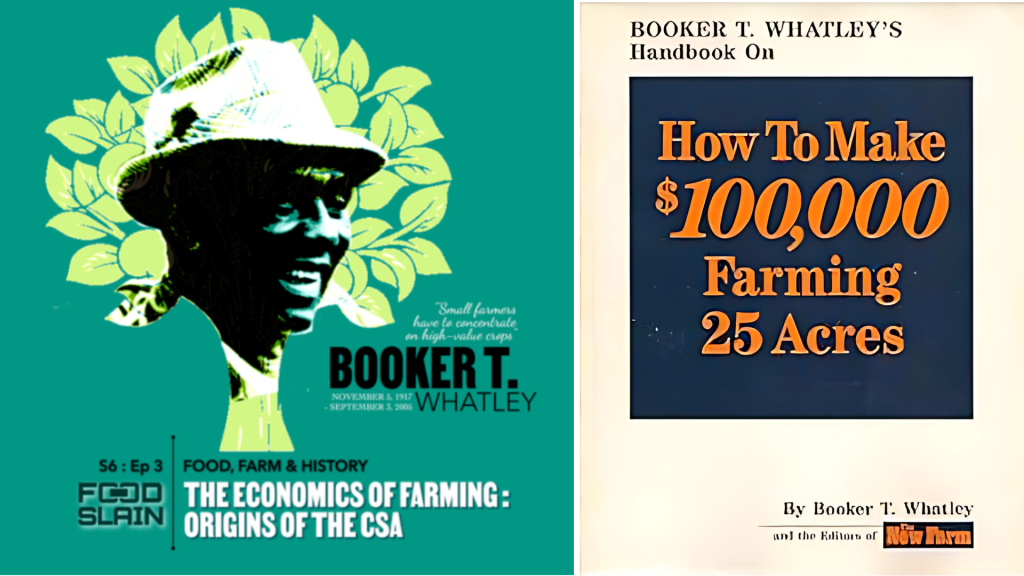Film: “Common Ground” — April 22
April 22 is International Mother Earth Day. See Earth Action Day.
Can We Stop Sixth Mass Extinction? shows there is only enough top soil now to grow food for 60 more years! However, many Americans are unaware of the urgency of the situation or what to do about.
Fortunately, the Common Ground film explains what needs to be done and shows that a growing number of farmers are adopting these practices. See the trailer, the “Living Soil” film, and the Soil Health webinar at the site below.
https://commongroundfilm.org/share/.
Support the movement by sharing Common Ground with your community
Together we can create the “tipping point” for regenerative agriculture.
The Highwire
Del Bigtree, host of The Highwire which airs online Thursdays from 2-4 ET, talks with filmmaker Ian Somerhalder starting around 134 in the show below to discuss his film Common Ground.
Episode 420: STANDING OUR GROUND
Health Freedom Defense President Leslie Manookian joins Del Bigtree to share how she helped pass one of the most powerful health freedom laws in the country. Jefferey Jaxen reports on RFK Jr.’s explosive press conference confronting the autism epidemic, new momentum in Florida to end water fluoridation, and a jaw-dropping new flu shot study.
Then, actor and environmental activist Ian Somerhalder joins Del to talk about his transition from Hollywood to healing the planet through regenerative agriculture in his documentaries Kiss the Ground and Common Ground.
IAN SOMERHALDER EXPOSES THE FARMING CRISIS
Dr. George Washington Carver’s Creation Can Save Humanity Now

Dr. George Washington Carver created regenerative agriculture which is key to our survival now. Wikipedia says: “Regenerative agriculture has a long history and can be traced to the agricultural extension work of Dr. George Washington Carver at Tuskegee University in the early part of the 20th century, as well as Carver’s scientific contributions regarding the nitrogen cycle and the biological regeneration of soils in the southern United States where he introduced crop rotation methods in combination with the planting of nitrogen-fixing legumes, such as peanuts, peas, and soybeans .“
Dr. Zach Bush points out that we are in the Sixth Great Extinction now and human survival depends on the urgent restoration of our soils to provide nutritious foods. He connects not only America’s health, but our financial and political survival to the health of our soil. Our reliance on GMO foods is causing healthcare to bankrupt us. He says converting to organic farming is not sufficient because most organic farmers till the soil — which is as destructive as GMO pesticides! When farmers switch to regenerative agriculture, their yields rise from $40 to $500-$900 per acre and they see improvements the first year! Dr. Bush partners with The Soil Health Academy which educates farmers on how to convert to regenerative agriculture. A million acres in the US have been regenerated. His goal is to convert five million more acres. Farmer’s Footprint helps support farmers in the transition.
Dr. Bush says on his site: “My work is dedicated to the health of humanity and the planet we call home. It is critical that our pursuit of optimal health and longevity begin with an effort toward a collective rise in consciousness such that we would begin to thrive within nature, instead of fighting that nature that is life itself.
My experience as a physician specializing in internal medicine, endocrinology and hospice care with a focus on the microbiome as it relates to health, disease, and food systems led me to found the non-profit Farmer’s Footprint to develop root-cause solutions for human and ecological health. My passion for education reaches across many disciplines, including the role of soil and water ecosystems in human genomics, immunity, and gut/brain health.
My education has highlighted the need for a radical departure from chemical farming and pharmacy, and ongoing efforts to create a path for consumers, farmers, and mega-industries to work together for a healthy future for people and planet.”
Dr. Carver’s Legacy
George Washington Carver (1864?– 1943) was an agricultural chemist, agronomist and botanist who developed 300 products from peanuts, 100 from sweet potatoes, and soy-beans that radically changed the agricultural economy of the United States. Carver won several awards for his contributions. He spent most of his career teaching and conducting research at the Tuskegee Normal and Industrial Institute (now Tuskegee University) in Tuskegee, Alabama.
The Overlooked History of Regenerative Agriculture and CSAs in America says: “George Washington Carver was born enslaved in Missouri around 1864 and was freed shortly after the Civil War (which ended in 1865.) From boyhood, he had a strong interest in plants, eventually becoming the first black student at Simpson College in Iowa and getting a Master of Science in botany and agriculture in 1896.
Carver’s study and work was centered around supporting Black southern farmers in the wake of the Civil War…..Carver had to learn and understand the limitations— socially, politically, and financially— facing Black farmers at this time….Carver worked with these Black farmers in an effort to create lucrative, productive farms. He showed them how to replenish the poor-quality soil, stripped of its nutrition as a result of monocropping cotton and tobacco for many years. Carver encouraged crop rotation, told farmers to begin growing and foraging their own vegetables and protein to save on food costs, and showed them how to use compost in the place of expensive commercial fertilizers.
Carver encouraged these farmers to understand their land and the seasonal cycles. While many farmers were still growing cotton, Carver introduced peanuts into their crop rotation, providing a nitrogen rich product to grow in their fields in the cotton off-season….In researching the fats, oils, sugars and gums of the peanut, he also found how profitable growing this nut could be for these farms. Not only would it restore the land, but nuts could serve as food for livestock and farmers, in addition to the profits that could be made through selling peanuts and their oil.“
George Washington Carver, An Introduction
The 2002 book George Washington Carver reports on “The amazing story of George W. Carver, slave birth, Iowa State graduate and Tuskegee Professor who revolutionized the economy of the south by discovering hundreds of uses for the peanut.”
George Washington Carver: A Life says: “The many tributes honoring his contributions to scientific advancement and black history include a national monument bearing his name, a U.S.-minted coin featuring his likeness, and induction into the National Inventors Hall of Fame. Born into slavery, Carver earned a master’s degree at Iowa State Agricultural College and went on to become that university’s first black faculty member. A keen painter who chose agricultural studies over art, he focused the majority of his research on peanuts and sweet potatoes….
His scientific breakthroughs with the crops―both of which would replenish the cotton-leached soil of the South―helped spare multitudes of sharecroppers from poverty. Despite Carver’s lifelong difficulties with systemic racial prejudice, when he died in 1943, millions of Americans mourned the passing of one of the nation’s most honored and well-known scientists. Scores of children’s books celebrate the contributions of this prolific botanist, but no biographer has fully examined both his personal life and career until now….
Despite the exceptional trajectory of his career, Carver was not immune to the racism of the Jim Crow era or the privations and hardships of the Great Depression and two world wars. Yet throughout this tumultuous period, his scientific achievements aligned him with equally extraordinary friends, including Teddy Roosevelt, Mohandas Gandhi, Henry A. Wallace, and Henry Ford….Vella’s extensively researched biography offers a complex and compelling portrait of one of the most brilliant men of the last century.”
My Work Is That of Conservation: An Environmental Biography of George Washington Carver

Amazon Description
“In My Work Is That of Conservation, Mark D. Hersey reveals the life and work of this fascinating man who is widely―and reductively―known as the African American scientist who developed a wide variety of uses for the peanut….Carver’s environmental vision came into focus when he moved to the Tuskegee Institute in Macon County, Alabama, where his sensibilities and training collided with the denuded agrosystems, deep poverty, and institutional racism of the Black Belt. It was there that Carver realized his most profound agricultural thinking, as his efforts to improve the lot of the area’s poorest farmers forced him to adjust his conception of scientific agriculture..”
In Search of George Washington Carver’s True Legacy
“If the name George Washington Carver conjures up any spark of recognition, it’s probably associated with peanuts. That isn’t an unfair connection—he did earn the nickname “the peanut man” for his work with the legume—but it’s one that doesn’t give credit to the rest of Carver’s pioneering, fascinating work. “People, when they think of Carver, they think of his science—or they think he invented peanuts,” says Curtis Gregory, a park ranger at the George Washington Carver National Monument at Carver’s birthplace in Diamond, Missouri. “There’s so much more to the man.”Mark Hersey, a history professor at Mississippi State University and author of an environmental biography of Carver… In Hersey’s view, the contributions Carver made to the environmental movement, including his ahead-of-the-times ideas about self-sufficiency and sustainability, are far more important than the “cook-stove chemistry” he engaged in. Nonetheless, Carver became ludicrously famous for his peanut work—possibly the most famous black man in America for a while. Upon his death in 1943, President Franklin D. Roosevelt remarked on his passing: “The world of science has lost one of its most eminent figures,” he said. “
Film: Regenerative Agriculture — A Paradigm Shift
Dr. Zack Bush says about the free film on his site Farmer’s Footprint: A Path To Soil Health and Food Independence: “This film features the trials, learnings and victories of the four generation Breitkreutz family from Stoney Creek Farm transitioning from conventional farming to regenerative agriculture in Redwood Falls, Minnesota. Using conventional methods they saw their soils degrade and their input costs rise every year. Transitioning to regenerative practices has helped their row cropping operation and significantly reduced the input cost for their cattle. This film tells the story of how they did it.”
Earth Month; Honoring our Roots, Nurturing a Regenerative Future
Farm-To-Table Regenerative Farm
‘Beyond Organic’: Illinois Woman Starts Farm-to-Table Regenerative Farm 3/28/25
Jessica Paige has a new vision for the future of food producers in America, whereby increasingly more people might build their own organic farm-to-table enterprise from the ground up and feed themselves and their community.
Every week, the 26-year-old first-generation Illinois farmer fills up boxes of her own “beyond organic” produce—heirloom tomatoes, spinach, carrots, onions, the works—and ships them off to her growing network of community support clientele, ensuring her a certain steady income flow. She heads to the farmers’ market in Marengo, northern Illinois, on Saturdays and hears customers exclaim: “Best spinach on the planet!” and “I didn’t know spinach could taste this good!”
Duke’s Alehouse & Kitchen, a local farm-to-table gastropub, places multiple orders a week with Paige. So does the local Food Shed Co-op in Woodstock. “Seeing these businesses prioritize local, regenerative food gives me hope for the future of small-scale agriculture,” Paige tells The Epoch Times.
Her enterprise, Adama Farm, a 63-acre plot in Marengo that was formerly an orchard, began to materialize after she acquired the land in 2023. A family loan and money she’d saved up after college helped cover startup costs.
With next to no experience, she dove in boldly, armed with little more than her religious faith, knowledge from a short farming apprenticeship on several small organic farms, and her studies, majoring in environmental science. She’d attended college in New York before moving back home to Illinois to launch her new venture. “The first few months were an intense whirlwind of activity,” she said. “Since the land had been previously farmed, I ran soil tests and immediately started building fertility with compost and cover crops.” She added that starting out “felt both exhilarating and terrifying.”
Paige built an infrastructure system comprised of raised beds and irrigation, which a neighbor helped her with by lending her his tractor for several months. Soon it was time for planting crops, then to market her produce and build a community network.
See the site for the rest of the article.
Booker T. Whatley Created CSAs
Hidden Roots of Community Supported Agriculture (CSA) shows that Booker T. Whatley, Dr. Carver’s student, created CSAs which are helping make millions of Americans more food secure now.
Podcast: Economics of Farming : Origins of the CSA with Booker T. Whatley

Money and profitability are real components of running ANY business. And let me tell you first hand, being a small farmer isn’t going to make you a millionaire — but it can be profitable. There are many small farmers making money on small plots of land, thanks in part to this guy.
Meet Booker T. Whatley
In this episode of Food, Farm & History, we’re talking about a farmer who believed that “smaller was smarter”. He was a black farmer from Alabama who studied with Dr. George Washington Carver, and he wrote a book called How to make $100,000 dollars Farming 25 acres With Special Plans for Prospering on 10 to 200 Acres – published in 1987 by the Regenerative Agricultural Association of Rodale Institute.
Booker T. Whatley’s ideas about how to be a profitable farming operation by focusing on what customers want, cutting out the middlemen/middlewomen, marketing directly to customers, and reducing labor costs by letting customers do the work for you, have been proven time and time again. Pure genius.
If you care about building community, reducing food insecurity, creating a thriving local economy and eating clean, healthy food – you’ll enjoy learning about this guy! I thank you for listening and sharing this episode with someone you love.
Here’s why CSAs are thriving during the pandemic
As Food Supply Chain Breaks Down, Farm-To-Door CSAs Take Off
Booker T. Whatley’s Handbook on How to Make $100,000 Farming 25 Acres: With Special Plans for Prospering on 10 to 200 Acres
Join A CSA
In early 2021, I joined the Lancaster Farm Fresh Co-op which offers delivery and pick-up for several states on the East Coast. The CSA delivers Fruit and Vegetable Shares to my co-op once a week.
Joining a CSA gives you access to fresh organic foods. It also supports local farmers who are growing organically. So, joining a CSA supports your health, the health of the community, and the land. A CSA also provides a wider variety of fruits and vegetables than most grocery stores. That also enhances your health and enjoyment. I learned to love many items new to me! I shared extras with neighbors to introduce them to the CSA. Lancaster emails lots of amazing recipes!
See the Lancaster Shares.
Are CSA Subscriptions Earning Farmers a Living Wage? 4/3/15
New research says the CSA model has caught on like wildfire in recent years. But it might not be the silver bullet for small farm survive.
For More Information





